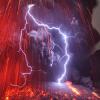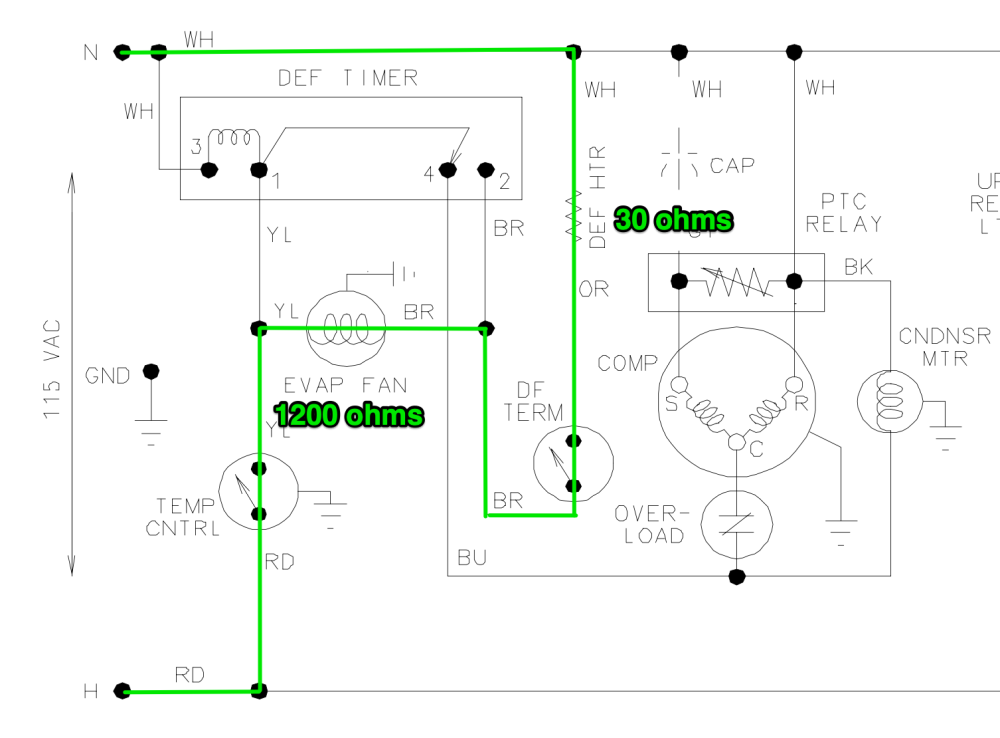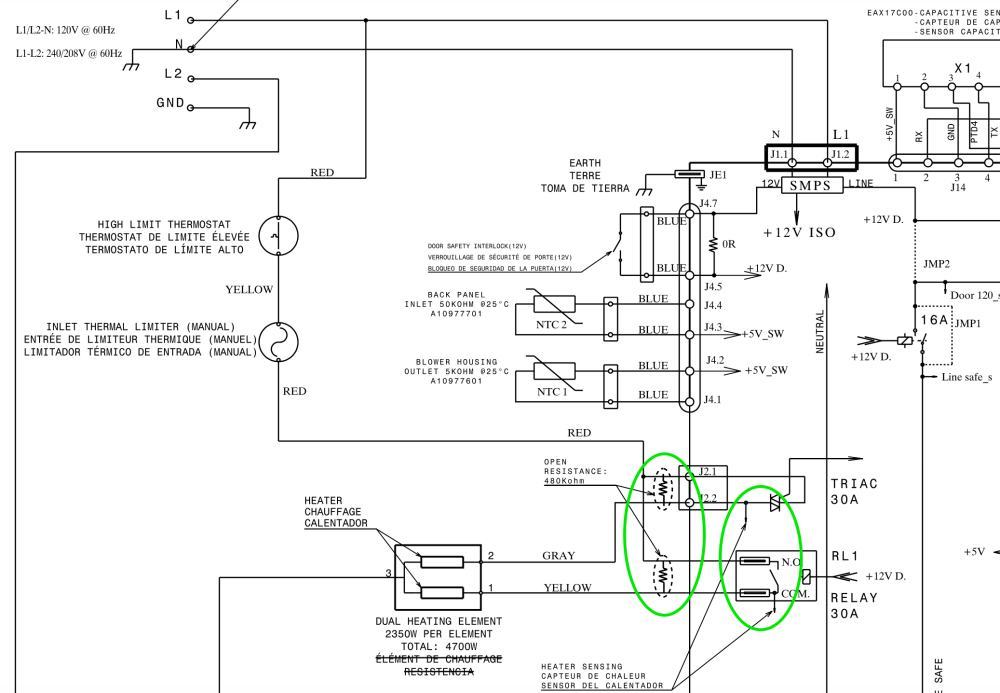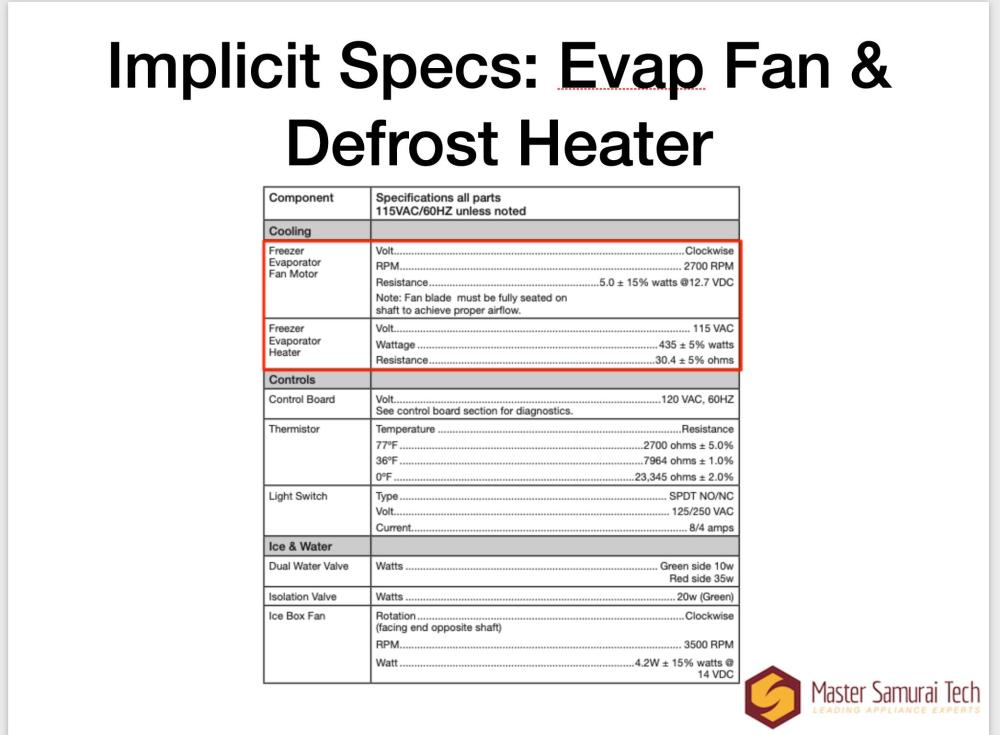Why Bother With Ohm's Law?
We make a big hoopla here at Appliantology and Master Samurai Tech about Ohm's law: the set of simple formulas that describe the relationship between four key principles of electricity: volts, amps, ohms, and watts.
Friend of the site Aaron Wilson explains just how much of a game changer it is to understand this relationship in this short video:
So why exactly did Aaron find Ohm's law to be such a revelation? In what way did it help him see the code? To answer these questions, let's first look at what Ohm's law is.
What is Ohm's law?
Put simply, Ohm's law is just a set of ratios. A ratio describes how the size of one number is affected by the size of another. If number A gets bigger, does number B get bigger or smaller, and by how much?
An example of this would be the Ohm's law equation that defines the ratio of amps to volts and ohms: I = E/R.
What this formula expresses is that, the more volts (E) that you have, the more amps (I) that you have. But also, the more ohms (R) that you have, the less amps you have.
So Ohm's law tells you exactly how volts, amps, ohms, and watts affect each other -- in other words, it tells you how electricity works.
That's all well and good to say, but how does Ohm's law actually help you in the field? Rather than just tell you, let's go through some real-world examples.
Understanding how loads affect a circuit
Take a look at this evaporator fan circuit:
Notice how the evaporator fan and the defrost heater are in series with each other? That means that, whenever amps are moving through the evaporator fan, they're also moving through the defrost heater.
Does this mean that the defrost heater is heating any time that the evaporator fan is running?
Obviously it doesn't -- that's just common sense. it wouldn't make any sense to design the machine like that. But then how can this circuit work as drawn?
This isn't a mystery if you know Ohm's law. Plugging the specs of those loads into the proper Ohm's law formula, we can easily figure out that, when in series with the evaporator fan, the defrost heater produces a measly 0.3 watts.
How much heat is that? Well, it would be about one-180th of the power output of your typical lightbulb. That is to say, an imperceptible amount of heat -- basically nothing. This is in contrast to when the defrost heater runs by itself during a defrost cycle, in which case its power output is around 440 watts.
So, when you're troubleshooting this circuit, would you whip out your calculator in the field and actually do this math? No, probably not. But it's only by being familiar with electricity as Ohm's law describes it that you can understand this circuit.
If you want a bonus, more complicated (and fascinating!) example of a using Ohm's law to understand a series circuit, take a look at the circled resistors and sensing points in this schematic:
Can you tell how this dryer's heating sensing works, based on this circuit? If you want the full breakdown, click here to watch a video explaining exactly how this heat sensing works.
Let's move onto another crucial use of Ohm's law.
Calculating specifications for electrical testing
Check out this spec block:
The evaporator fan spec block that gives "5.0 watts" as the load's resistance is just there for your amusement, but look at the freezer evaporator heater. We're given its wattage and resistance, but what if we want to know its amp spec?
This is where Ohm's law comes in again. We can use the Ohm's law ratio that shows the relationship between amps, watts, and volts (I = P/E) to calculate that we should expect about 3.8 amps in that circuit, if all is working properly. That's a real scenario when you might bust out your calculator in the field to use Ohm's law!
However, I can already hear some naysayers asking, "Why bother doing math on a service call when I could just use the given resistance spec to do an ohms test?"
You might want to do an amps test in this case because it's both easier and more reliable. It's easier because all you have to do is put your amp clamp around one of the wires in the circuit. No placing probes, and you can even do this from a convenient location that requires minimal disassembly to reach, such as the control board.
And as for more reliable, you should read this post if you need convincing on why ohms are the least useful electrical test you can make.
See the code of electricity -- learn Ohm's law!
Hopefully I've made it clear now why we make such a priority of teaching people about what Ohm's law is and how to apply it.
If you want to really understand how electricity works and step up your troubleshooting game to a whole new level, click here to check out the Core Appliance Repair Training course over at the Master Samurai Tech Academy.
-
.png) 4
4









8 Comments
Recommended Comments